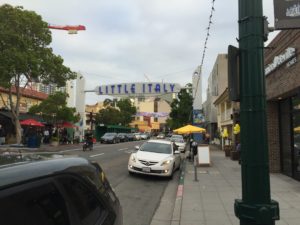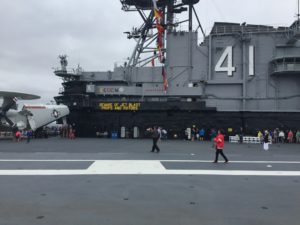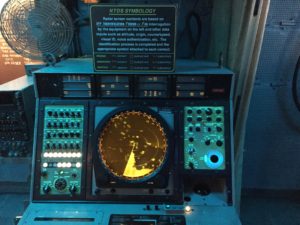CPT recently traveled to San Diego, CA for a business meeting. While visiting, CPT’s Mark Spivak took a 9-mile run that doubled as a city tour for photographing what is often labeled “America’s finest city.” During free time Mark also visited the Midway Museum, ate outstanding seafood and authentic Mexican food, and had a terrific pasta dish in San Diego’s Little Italy.
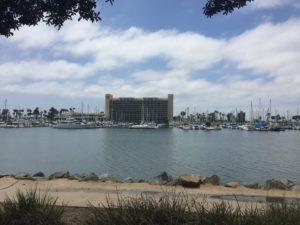
San Diego is situated on the shores of the Pacific Ocean, about 2 hours south of Los Angeles and 40 minutes north of Tijuana, Mexico. As with many large western cities, San Diego has experienced a population explosion since World War II. San Diego has more than 6x the population it had in 1940. Whereas in 1940 San Diego had 230,000 residents and was the 43rd largest city in the USA (source: https://www.census.gov/population/www/documentation/twps0027/tab17.txt), San Diego now has close to 1.4 million citizens and is the 8th largest city by population. Per Wikipedia, San Diego is an attractive commercial and residential location due to its year-round mild weather, natural deep-water harbor, miles of beachfront coastline, large naval presence, and impact as a health care and high technology hub.

San Diego’s “modern” origin began when explorer Juan Cabrillo claimed the area for Spain in 1542. In 1821, present-day California became part of independent Mexico. In 1850, following the conclusion of the Mexican-American War (1846 – 1848) and the signing of the Treaty of Guadalupe Hidalgo, San Diego became part of the United States, coinciding with California’s admission as the 31st state and Arizona, Nevada, Utah, and Colorado becoming US territories.
The weather does not vary much by season, except from the standpoint of precipitation. The average high from December through January is approximately 65° and the average high in August, the hottest month of the year, is 76.4°. From May through September there is less than 1.4 days of rainfall per month. The rainy season occurs from November through April, when on average there are between 4 – 7 rainy days per month (source: National Oceanic and Atmospheric Administration data). However, the ocean proximity and topographical variation created by a collection of mesas, canyons, hills, and mountains spawns microclimates, which can create great differences in temperature and sunshine between shoreline and inland geographies. Thus, there is greater temperature variability inland than proximal to the coast.
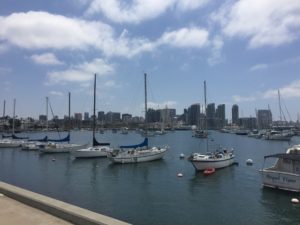
Although the weather overall is a highly positive trait, the pleasant climate prompts some negative aspects. San Diego has the 4th largest homeless population in the United States and the largest percentage of homeless persons that are veterans (source: http://www.cheatsheet.com/culture/poverty-10-cities-with-the-most-homeless-people.html/?a=viewall).
Nevertheless, the city is conspicuously affluent. The median household income is $66,700 (source: San Diego Association of Governments). In contrast, the US Census Bureau reports a median countrywide household income of only $51,900. The presence of 2 significant universities, the University of California, San Diego and San Diego State University, helps bolster the city’s attraction to high-paying employers.
The US Navy, universities, government, biotech, and computer and software technology provide significant employment. San Diego houses the world or national headquarters for Qualcomm, Nokia, LG, Kyocera, and Cricket Communications and provides offices for over 400 biotechnology companies.

On another good note, the city is known for a low crime rate. Forbes magazine has rated San Diego as one of the USA’s top-ten safest cities. Similarly, FBI data shows that San Diego has the lowest murder rate of the USA’s ten largest cities.
However, housing prices and traffic are major detriments. Zillow reports that the median home value in San Diego is over $539,000! Consequently, many persons have elected to reside in the suburbs. As a result, the morning commute can be more frustrating than in Atlanta, especially since there are fewer mass transportation alternatives connecting the suburbs to the city. Mark experienced the standstill traffic firsthand when traveling to the meeting, which was in a suburb. However, traffic within the city center itself was not nearly as bad as the suburban highway traffic.
Still, even with the traffic congestion, the trip was pleasant and productive and provided ample scenic photographic opportunities.
